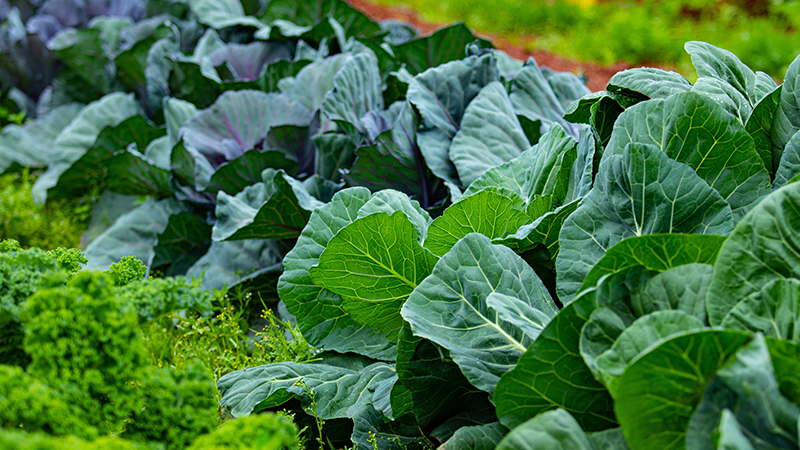How Spray Technology Can Make All The Difference

Over the years, disease pressure on pumpkins and winter squash, especially in the Northeast, has become more severe. More than 30 years ago, these crops were not typically sprayed with fungicides or insecticides because it simply wasn’t necessary. Disease and insect pressure wasn’t that significant — back then.
Fast forward to about 15 years ago, and things were beginning to change. According to John Howell, retired extension vegetable specialist at the University of Massachusetts, as demand for these crops, especially pumpkins for Halloween, increased, so did production and the spread of plant disease, particularly black rot. The result was that spraying became a necessity.
“Growers didn’t want to drive through their fields with a sprayer because they would squash a few squash, and pumpkins,” says Howell. “We had to convince them that losing a few plants this way was better than losing much more to disease.”
Sprayer Vs. Sprayer
According to Howell, most growers use high-pressure volume sprayers to apply insecticides and fungicides to row crops. Some use air blast sprayers and low-volume units.
Low-volume sprayers, says Howell, are typically used to spray herbicides directly on the soil, so applying product to plant leaves to prevent disease isn’t the main goal. The air blast units, he learned, had difficulty getting coverage under the plant canopy. Of the three types, the high-pressure volume sprayers provided the best coverage to plant leaves.
“They all did a good job on the upper surfaces of the upper leaves,” he explains. “However, you also want to be able to get the lower leaves that are lower in the canopy and the undersides of those leaves, as well. I think slowly more growers are becoming more aware of this issue with spray coverage.”
During his research, Howell employed the use of water-sensitive cards. These yellow cards were clipped on the top upper leaves of plants and on leaves lower to the ground. Water was substituted for a crop protectant so researchers could walk through the fields after the plants were sprayed. Cards that got wet turned blue.
The cards on the upper surface were blue, says Howell. In many cases, cards on the lower leaves were not covered as well. “If growers want to check out coverage in any kind of crop, they can get these cards from machinery dealers,” says Howell. “It is a great way to determine what kind of spray coverage you are getting. We tested all these sprayers at 4 miles an hour and 2 miles an hour and we did it with the different types of sprayers.”
Howell adds that spraying pumpkins and squash are particularly challenging, thanks to the amount of foliage that needs to be covered. Researchers also are using water-sensitive cards to test the coverage of fungicides and insecticides on other crops, such as sweet corn, he says.










